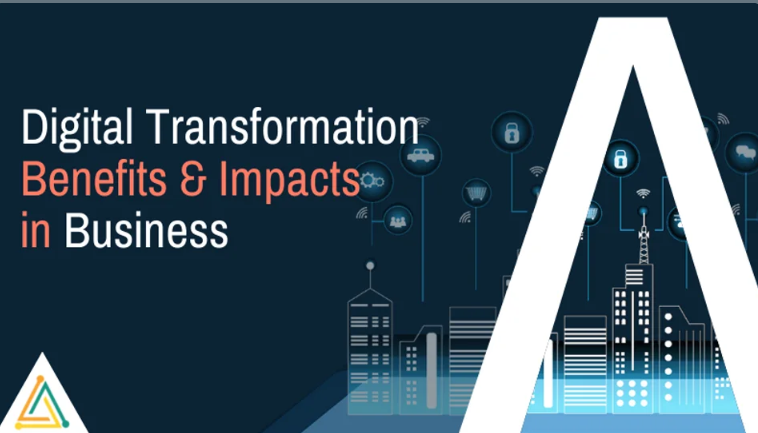RPAChallenges of RPA Implementation and Its Solution
03 February 2020

Challenges of RPA Implementation and Its Solution
Abstract
The digital world today utilizes the simplest and the most powerful automation software by combing AI (Artificial Intelligence), ML (Machine Learning), and RPA (Robotic Process Automation) to create and automate any business process. RPA has been an industry buzzword in recent years, and for good reason. RPA can help optimize your processes and maximize the company’s productivity, providing a competitive advantage in today’s market.
However, implementation of Robotic Process Automation Solutions with the new emerging technologies, there are a few challenges to overcome that need to be resolved before deploying these solutions. Some of the RPA challenges are lack of understanding, change in management, implementation costs, scalability, security, maintenance, and integration. In this blog, we will discuss the challenges and their probable solutions.
Challenges of RPA Implementation and Its Solution
It been thought that Implementing Robotic Process Automation (RPA) solutions could be really challenging for businesses with presumed notions. According to a recent study, 69% of RPA projects are unsuccessful because of their complex nature. Of those who manage to proceed to execution, up to 50% of them eventually fail. Reports further show that 63% of business leaders are dissatisfied with the overall performance and speed of RPA solutions. It takes 4-6 months instead of the expected 4-6 weeks for a pilot RPA project to start performing as per your expectations.
However, if companies are prepared for the possible RPA challenges before taking on automation projects, they can reap great rewards. Companies are already profiting from workflow automation services as the global RPA market increases in value. Research predicts that the market will hit $13.74 billion by 2028, growing at a CAGR of 32.8% from 2020. Currently RPA technology is adding the power of automation to your business.
9 Challenges of Robotic Process Automation Implementation
RPA has been helping organizations become more efficient and improve the overall performance of business processes. However, there are challenges that you need to overcome beforehand. We will discuss some of the most common RPA challenges and the ways to solve them.
1. Lack of Understanding
One of the major RPA challenges perceived by people is the lack of understanding of the ability and functionalities of the software. There are a few resources available to help with this, including our own RPA guide and customer support system.
2. Integration
RPA transformation entails a significant amount of integration. Integration is considered another significant challenge if you don’t have a dedicated team to work on this.
3. Cost of Implementation
Another presumed obstacle is the cost of implementing RPA software. The initial investment is significant, however, Robotic Process Automation promises a significant ROI in a relatively shorter period of time as well. There are many ways to ease the cost of Robotic Process Automation implementation, including the use of open-source solutions and leveraging existing infrastructure.
4. Change in Management
It is thought that Robotic Process Automation requires a significant adjustment in business management operations. This can be challenging for some businesses, particularly if they’re not used to advancements and regular upgrades. It’s important to have a clear plan regarding how to tactfully tackle the challenges related to Robotic Process Automation transformations. This will ensure a smooth changeover and ease the impact on your business.
5. Security
Security has always been a concern when it comes to implementing new technology. Robotic Process Automation is no different. It is imperative to ensure that your RPA solution is secure, especially if it’s going to be accessing sensitive data related to your business. This can be resolved using end-to-end data encryption and ensuring access to authorized users only.
6. Scalability
It is important that the RPA solution you are about to implement can scale as your business grows. This can come up as a challenge, particularly for small businesses. Selecting an RPA solution that is easy to customize according to the nature of your business can be of great help in this case.
Your company may quickly increase or decrease the number of robots by applying some of the best Robotic Process Automation Tools. This can help in saving money and making better use of the robots’ resources.
7. Maintenance
Once you’ve implemented , you’ll need to maintain it. If you do not have a dedicated team to perform this task, it could become an issue. Implementing easy-to-access, cloud-based solutions can reduce the maintenance burden, and address all your concerns.
8. Monitoring
It is absolutely essential to ensure that your solution is being properly monitored for you to identify and resolve any issues as quickly as possible. Reliable software has a centralized place to monitor robots’ performance and execution plan to always be in control and have a broad spectrum of what robots are doing.
9. Support
AI, Ml-backed RPA software is considered to be a complex technology. It is important to have a support team at your disposal. Before taking the final call, you should ensure that your personnel are properly trained and well-prepared to operate the software and that the provider has a good support team to assist you in resolving issues at the earliest.
Successful implementation of RPA software depends on a number of factors, including the culture and the level of automation required in your company. For example, if a company has a culture that values efficiency and productivity, then your company stands a higher chance of succeeding with an Robotic Process Automation implementation. It is also considered important for your business to consider the level of automation you want in your workflow prior to implementing an RPA solution. See the why you need RPA in your organization : Why do we need RPA?
